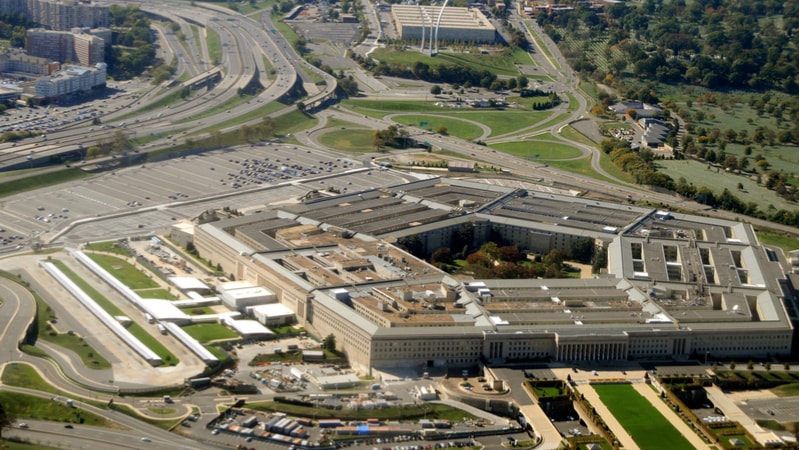
The Pentagon’s lack of a comprehensive and coordinated approach to tracking and reporting unidentified anomalous phenomena (UAPs) – or UFOs as they are often called – is endangering U.S. national security, according to an unclassified summary of a report prepared by the Department of Defense (DoD) inspector general (IG).
The unclassified summary, released on Jan. 25, said the department has “no overarching UAP policy” and therefore cannot assure “that national security and flight safety threats to the United States from UAP have been identified and mitigated.”
The summary released by the IG is an unclassified summary of the previously issued classified report, “Evaluation of the DoD’s Actions Regarding Unidentified Anomalous Phenomena,” first issued last August.
For years, the Federal government – particularly the DoD – has conceded that UAPs are a national security issue. The agency has characterized some of these UAP-reported sightings as “balloon or balloon entities, drones, birds, weather events, or airborne debris like plastic bags,” according to a previous UAP report from the Pentagon. But some objects are not easily explained causing national security concerns.
However, some lawmakers have continued to be critical of the lack of transparency and failure to identify mysterious objects.
“Given the significant public interest in how the DoD is addressing UAPs, we are releasing this unclassified summary to be as transparent as possible with the American people about our oversight work on this important issue,” DoD IG Robert P. Storch said in a statement.
The IG found that the Pentagon’s response to UAP incidents is “uncoordinated” and confined to each service branch. This in large part is due to the lack of a department-wide UAP response plan.
The DoD OIG determined that “The DoD has no overarching UAP policy, and, as a result, it lacks assurance that national security and flight safety threats to the United States from UAP have been identified and mitigated,” the report states.
The DoD IG issued 11 recommendations to the Pentagon, with the first calling on officials to integrate UAP-related roles and responsibilities into existing procedures across the agency. The others call on the heads of the various military branches to issue their own guidance as department-wide procedures are established.
DoD officials agreed with the first recommendation and said a more comprehensive policy is on the way.
